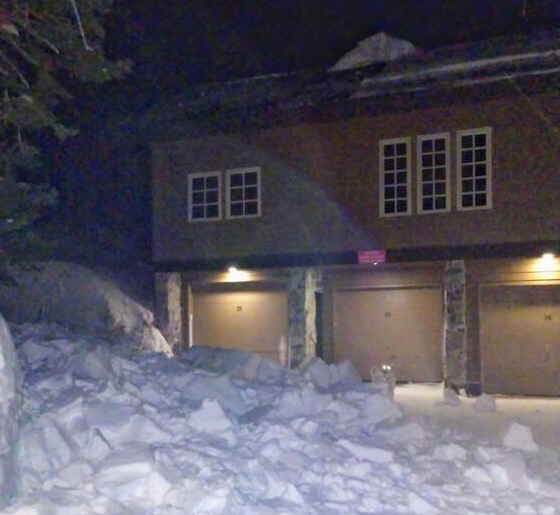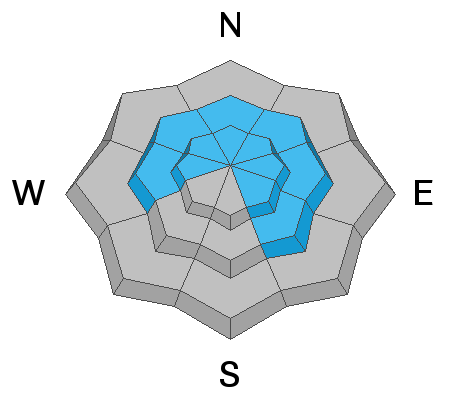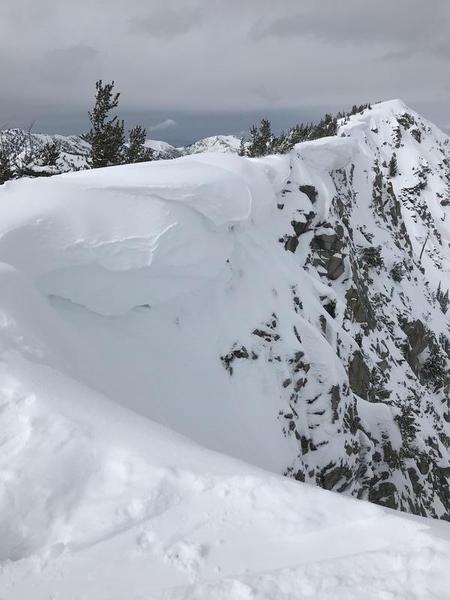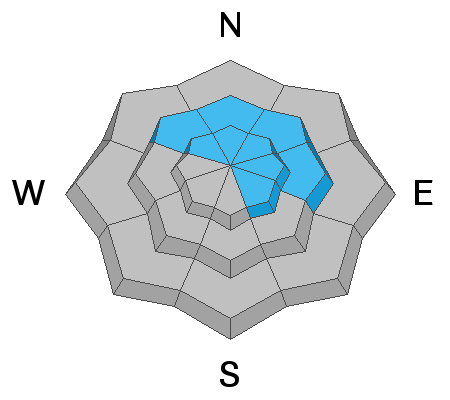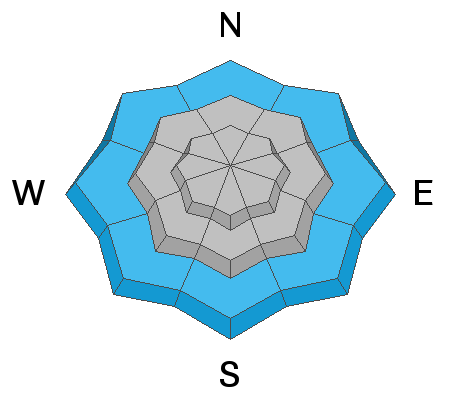Forecast for the Provo Area Mountains

Issued by Mark Staples on
Wednesday morning, March 6, 2019
Wednesday morning, March 6, 2019
Today there are sevearal avalanche problems to watch for. Strong southerly winds have drifted snow and formed fresh slabs that should be easily triggered today. With more snow and more wind, these slabs will make the danger CONSIDERABLE at upper elevations. As snow falls today, shallow soft slabs of new snow could produce avalanches. We can't rule out slab avalanches breaking on an old persistent weak layer near the ground at mid and upper elevations. At low elevations, the snow is already wet and rain will make wet avalanches a problem watch for. The avalanche danger at mid and lower elevations is MODERATE but could rise higher if more snow falls than is expected.
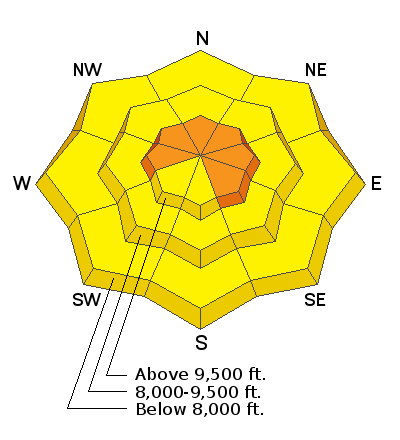
Low
Moderate
Considerable
High
Extreme
Learn how to read the forecast here


